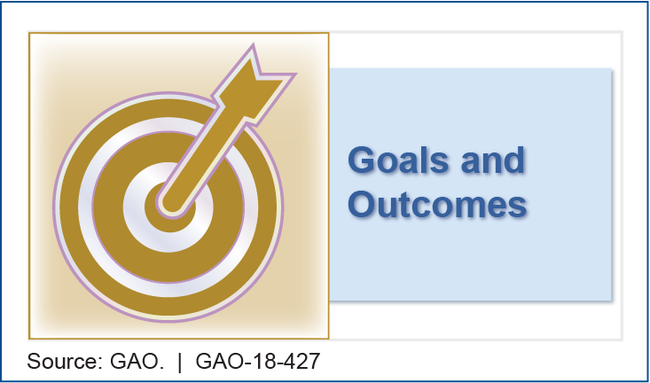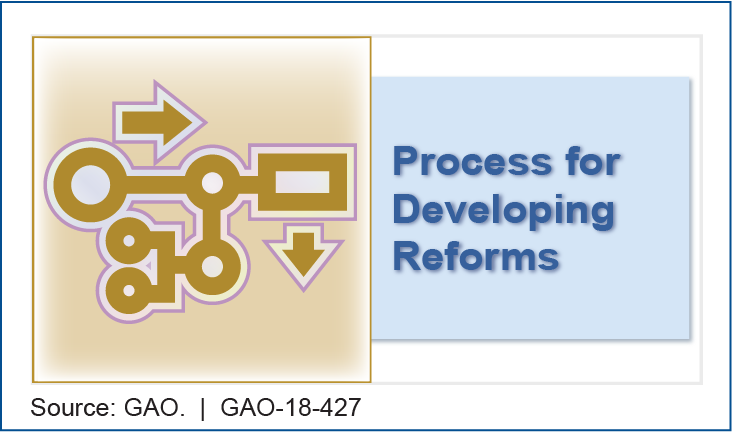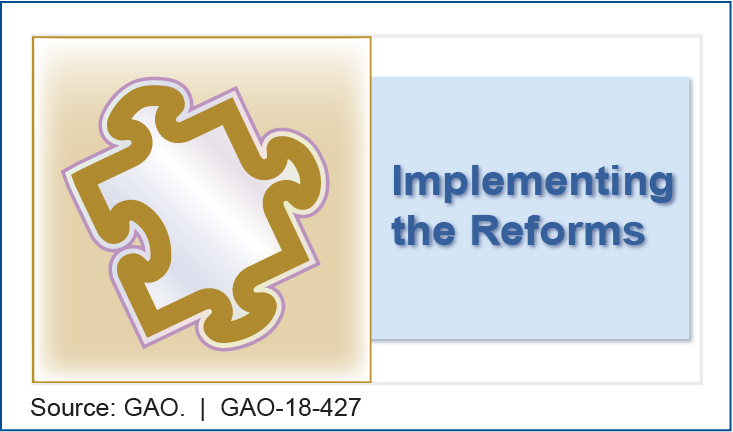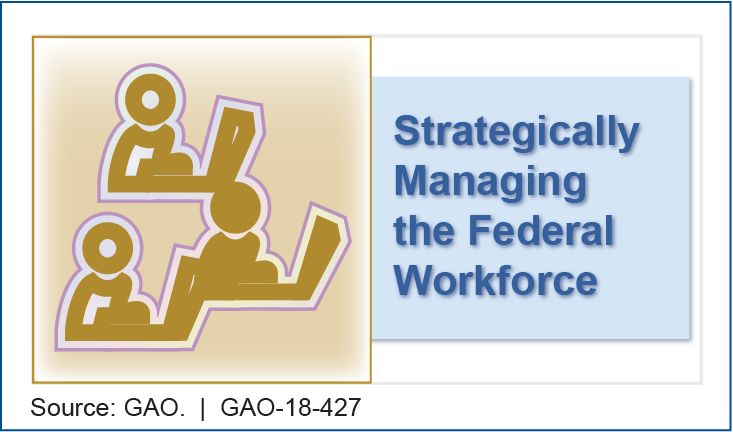Government Reorganization: Key Questions to Assess Agency Reform Efforts
Fast Facts
A March 2017 executive order requiring executive branch agency reorganization is intended to improve efficiency and effectiveness. If it works, it could save billions of dollars—but similar reform efforts in the past have not always come to fruition.
Our prior work on government reform indicates that agencies can change if they
follow an effective process
allocate sufficient implementation resources
consider workforce needs during and after the reform
In this report, we provide questions that Congress can ask in its critical oversight role to determine whether agencies are on track for effective change.

Photograph of U.S. Capitol
Highlights
Key Questions to Assess Agency Reform Efforts
Given the potential benefits and challenges of government reform, Congress and the executive branch need the tools and information to help evaluate agencies’ reform proposals. Congress’s role in reviewing agency proposed reforms will be critical to the success of making significant changes in how the government operates. GAO organized its prior work and leading practices into the following four broad categories that can help assess agency reform efforts.
What GAO Found
|
Categories for Key Questions |
Selected Key Questions |
|
|
How well have the proposed reforms indicated the likely result of the elimination, merging, or restructuring of activities with other levels of government or sectors? To what extent has the agency established clear outcome-oriented goals and performance measures for the proposed reforms? |
|
|
How and to what extent has the agency consulted with the Congress, and other key stakeholders, to develop its proposed reforms? To what extent has the agency addressed areas of fragmentation, overlap, and duplication—including the ones GAO identified—in developing its reform proposals? |
|
|
Is there a dedicated implementation team that has the capacity, including staffing, resources, and change management, to manage the reform process? Has the agency developed an implementation plan with key milestones and deliverables to track implementation progress? |
|
|
How does the agency plan to sustain and strengthen employee engagement during and after the proposed reforms? To what extent has the agency conducted strategic workforce planning to determine whether it will have the needed resources and capacity, including the skills and competencies, in place for the proposed reforms or reorganization? |
Why GAO Did This Study
On March 13, 2017, the President issued an executive order requiring a comprehensive reorganization of executive branch agencies. In April 2017, the Office of Management and Budget (OMB) provided guidance to federal agencies for developing their reform and workforce reduction proposals. Past proposals to reform and reorganize government have not always come to fruition and can take years to implement fully. GAO's prior work has shown that successful reforms or transformations depend upon following change management practices, such as agreement on reform goals, and the involvement of the Congress, federal employees, and other key stakeholders.
This report identifies the key questions that Congress, OMB, and agencies can use to assess the development and implementation of agency reforms. To meet this objective, GAO reviewed its prior work and leading practices on organizational transformations; collaboration; government streamlining and efficiency; fragmentation, overlap, and duplication; high-risk; and on other agency longstanding management challenges. GAO also identified subject matter specialists knowledgeable about issues related to government reform and strategic human capital management who reviewed and commented on GAO's draft questions.
GAO is not making recommendations to OMB in this report. OMB staff provided technical comments, which we incorporated as appropriate.
For more information, contact J. Christopher Mihm at (202) 512-6806 or mihmj@gao.gov or Robert Goldenkoff at (202) 512-2757 or goldenkoffr@gao.gov.




